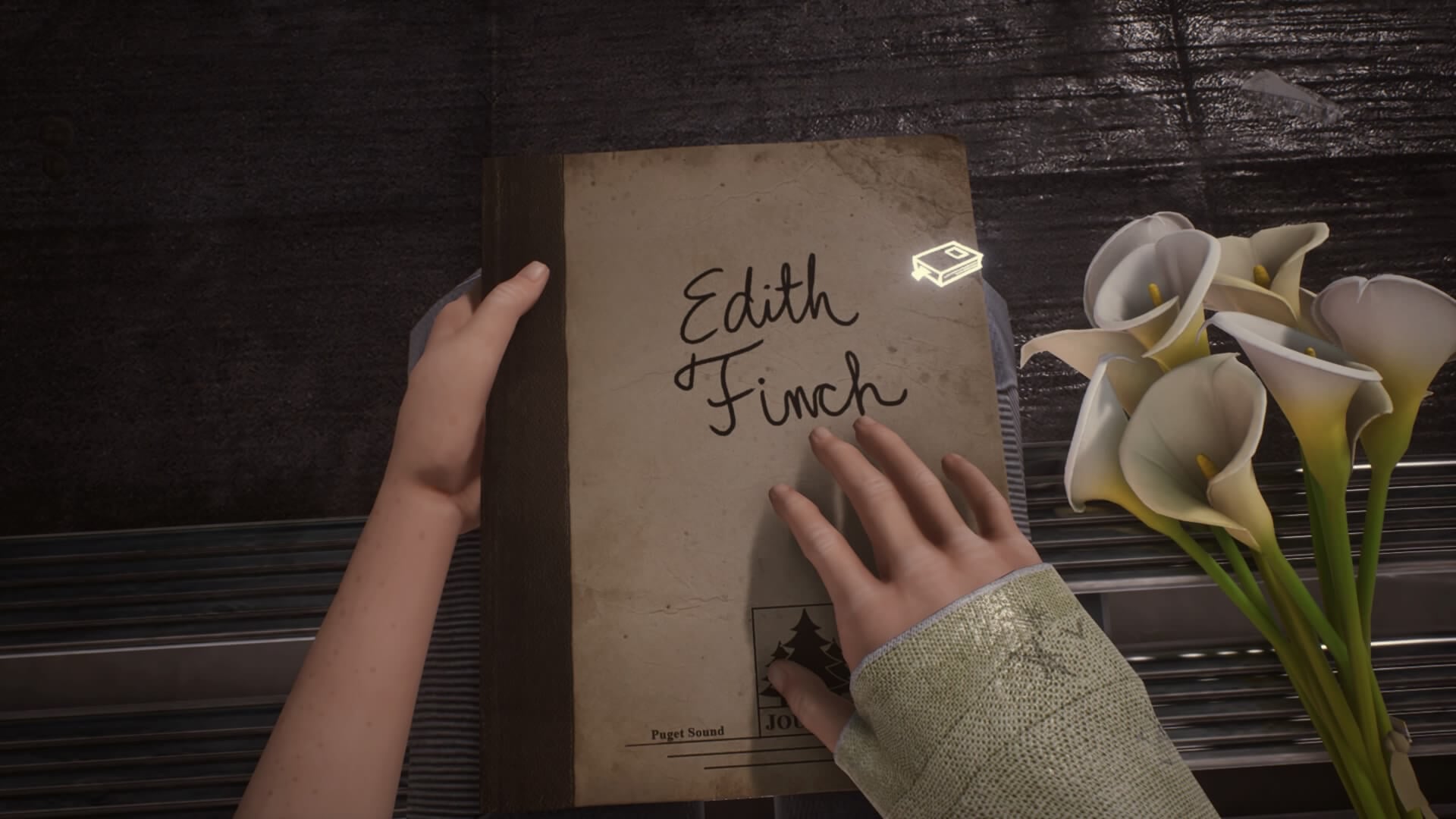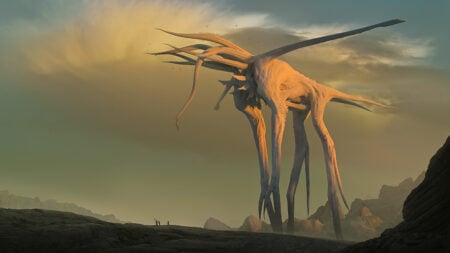2017 is filled with loving devotions, to extraordinary games of the past. Remakes of the original Crash Bandicoot trilogy and System Shock, along with spiritual successors to Banjo Kazooie, in the form of Yooka Laylee. However, a game recently released under the radar. A game that I believe is a spiritual successor to Gone Home, even if it wasn’t intentional. A game called, What Remains of Edith Finch.
Some of you may have heard of this quietly released indie darling, but I’m sure many of you haven’t. It comes from Giant Sparrow, the developer behind the marvelous and artistic, Unfinished Swan. It’s also a game that seems inspired by Fullbright’s Gone Home. Although many games have a touch of Gone Home in them, from Perception to Firewatch, What Remains of Edith Finch seems to be a natural progression for the 2012 game. And since Fullbright is now focusing their efforts on Tacoma, this may be the closest we get to a sequel.

The core premise of each game is identical. You are Katie Greenbriar in Gone Home and the titular Edith Finch in What Remains. You are returning home after a significant period of being away, and as you enter your family home, begin to investigate what has happened to your relatives. The games are both pieces about exploration and revelation. Titled slanderously as walking simulators by many, your main gameplay mechanic is to move forward and methodically explore your house. The mechanics implemented are simple, because they don’t need to be complex. You don’t need to be able to parkour, or fire your gun or transform into God mode because those mechanics are distracting. Fullbright and Giant Sparrow want you to focus on the world around you. In a Call of Duty game, you would dash past in seconds, and be none the wiser. Whereas in here, because of gameplay limitations, you are forced to take in, accept, learn from, and allow the world to form in front of you.
From an environmental perspective, What Remains of Edith Finch is far more developed than that of Gone Home. Gone Home’s environments, for the most part, were bare and blank. You had to hunt around for items that fleshed out the plot and the world. Whereas every inch of Edith Finch’s world is brimming with world building. A wheel chair in the corner, with the name Edie lovingly stitched on it. A kitchen table, covered in Chinese takeout that was never cleaned up. Doors sealed shut with glue, only accessible through a peep hole. Just by moving through the world, you learn more and more about the Finch family and slowly build up more questions, that you need answering.
What Remains of Edith Finch also takes the manner in which its story is told, to the next level. Within Gone Home, players uncover the story of the Greenbriar family, by finding ways to access locked rooms, and then locating, and reading notes, diary entries, and letters. What Remains of Edith Finch tells its story through narration from Edith, which is visually displayed in front of you, and through reading the diaries, doctor’s notes and letters of your relatives. When reading a personal item, instead of scrolling through a set of text that invites you into the perspective of another member of your family, Edith Finch literally takes you to a memory. Rather than just reading about them, each reading you find puts you in a playable level, which will show you how each of Edith’s relatives died. These segments range from cutting fish at a cannery to imagining you’re a shark, to darker more mysterious stories. The ability to play out an actual segment as each character helps to bring them to life within the story and seems like the logical development of Gone Home’s relatively simple mechanics.
Both Games also follow a similar path thematically. You begin blind. Unknowing of what you’ll find within the house. You begin to unravel the mystery of your family. Supernatural forces are hinted at, through lighting, ambiance and gameplay mechanics. But then inevitably, the game instead diverts your attention and decides to focus on very real, and very harsh issues. In Gone Home, there are many winding paths, but all lead to the same end. It is the story of a single household. A story about sexuality and acceptance. What Remains of Edith Finch feels like a logical successor because it also does this, but on a far grander scale. You don’t just explore one family’s hardships. You investigate three generations of deaths. And each individual story through a single flash back fleshes out each member of this family more than most 8 hour games flesh out their protagonists. We learn what happens to a marriage after the death of a child. What it’s like to deal with depression. What it’s like to suffer from mental illness. The list goes on. In 90 minutes, What Remains of Edith Finch manages to tell a dozen impactful and meaningful stories all wrapped up in one neat package.
We may never get a legitimate sequel to Gone Home. And we probably don’t need one. Because What Remains of Edith Finch deliver in every way possible. It takes the same simple premise of Gone Home, but fleshes out the mechanics and story into something still simple but far more complex and developed. Two masterpieces. One the logical progression of the other. It’ll only take you a few hours to play them both. See for yourself.









